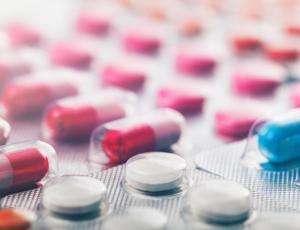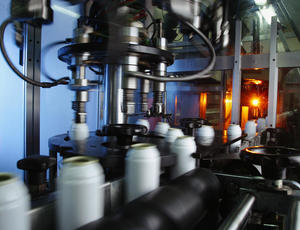What might a food and beverage company look like in 2050?
We need to revolutionise the way we source, produce and consume food to feed a growing population.
Trend #1 | Food, but not as we know it
Trend #1 | Food, but not as we know it
The types of food we consume may not change, but where it comes from will be radically different.
Cultured meat
The meat industry accounts for 18% of our total greenhouse gas emissions, according to the Food and Agriculture Organization of the United Nations, which also predicts that the environmental footprint of livestock production will double from its 1999 levels by 2050. Mass producing cultured (lab-grown) meat is seen as a more resource-efficient, cost-effective and ethical alternative.
The world's first lab-grown burger was unveiled in 2015, and carried a $300,000 price tag. But long-term predictions suggest that cultured meat will be considerably cheaper than cattle sourced beef and will overcome concerns relating to animal welfare and environmental degradation.
A bugs life
One of the biggest challenges that future food production will face is around protein. Meat has long been the main source of protein for the UK, but given the economic impetus of the industry, we'll need to look for other sources in the future. That could mean a huge emerging market in the cultivation of insects, which are as high in flavour as they are in energy.
The Economist estimates that a cow requires 8kg of feed to produce 1kg of beef, but only 40% of the cow can be eaten. Whereas, crickets require just 1.7kg of food to produce 1kg of meat, and 80% is considered edible.
Trend #2 | Emotional investment
Trend #2 | Emotional investment
The expectation that we will have complete value chain transparency will lead to new production models and enhanced customer relationships.
Forming deeper consumer connections
We can already see consumers increasingly demand transparency on how our food is grown, sourced and made. This is likely to evolve into a new type of relationship, where the traditional boundaries of business and customers blur.
Technology will enable bespoke nutrition
Data and advances in precision farming mean that it's increasingly possible to grow, cultivate and produce products that are unique to individual customers. The challenge will be how this is delivered without having a negative impact on the environment.
Technology is already enabling the beginnings of bespoke nutrition. Nima is a portable sensor that quickly tests liquid and solid foods for the presence of gluten. The device connects with a user's smartphone to display the amount of gluten that's present within the food, giving them more control over what they eat.
Trend #3 | From waste to want
Trend #3 | From waste to want
30-50% of all food currently produced is lost before reaching a human mouth. Current practices waste up to 50% of all food produced. To feed a population of over 9 billion by 2050, we need to get smart about food waste today.*
*Source: The Institution of Mechanical Engineers
Closing the loop
Food and beverage companies need to focus on the recovery and redistribution of the energy and water used throughout their manufacturing processes, while benefiting local communities.
As part of Veolia's 10-year partnership with Tilmanstone Salads (Bakkavor Group), we've optimised water consumption by recycling wastewater into potable water. The process - one of the first of its kind in the UK - results in reintroducing 72% of the site's recycled wastewater into the production chain. We've also deployed a nano-filtration and disinfection system which reduced its water footprint for the salad washing by 75%. And more potable water is available locally - enough to supply 5,000 homes.
From by-product to new product
In addition to reusing and extracting value from waste, we also expect to see highly innovative new uses for by-products.
Pinatex is a natural and sustainable non-woven textile made from pineapple leaf fibre that looks and acts like leather. A by-product of converting the leaves into textile is a biomass which can be converted into fertiliser, giving additional income to the farmers.





